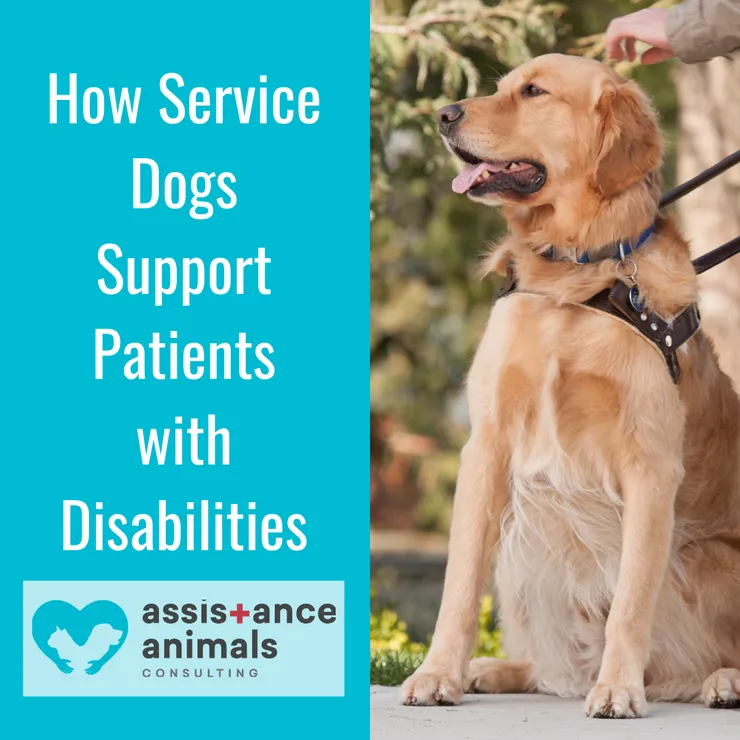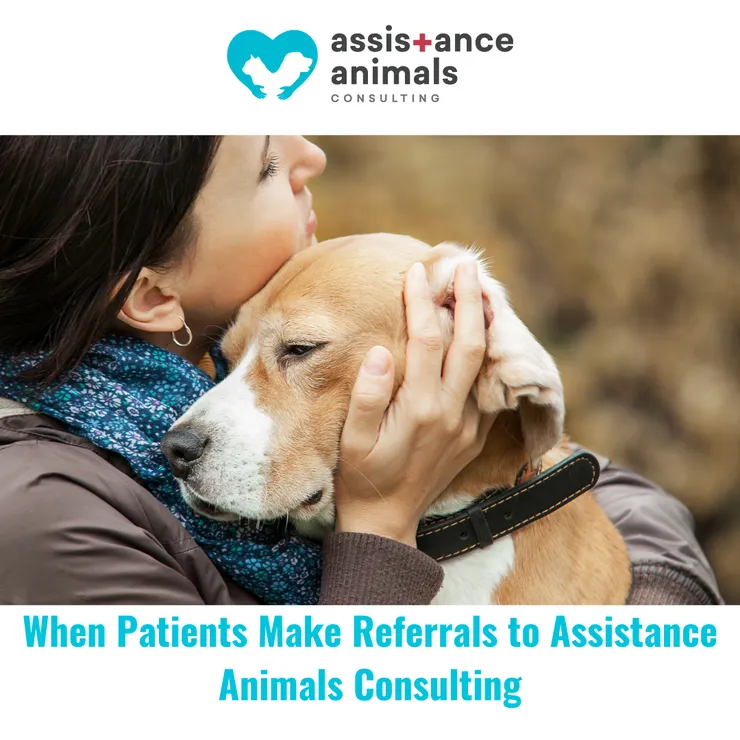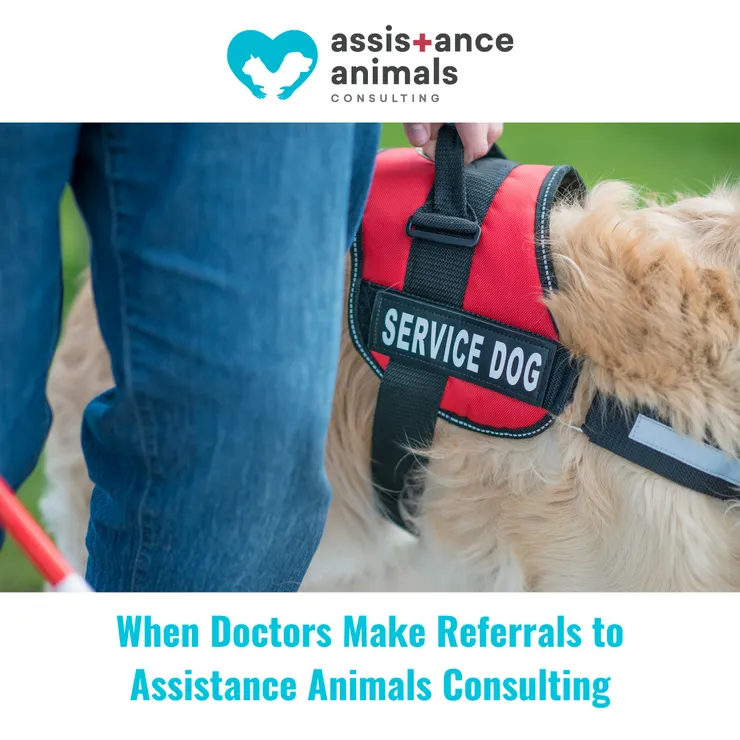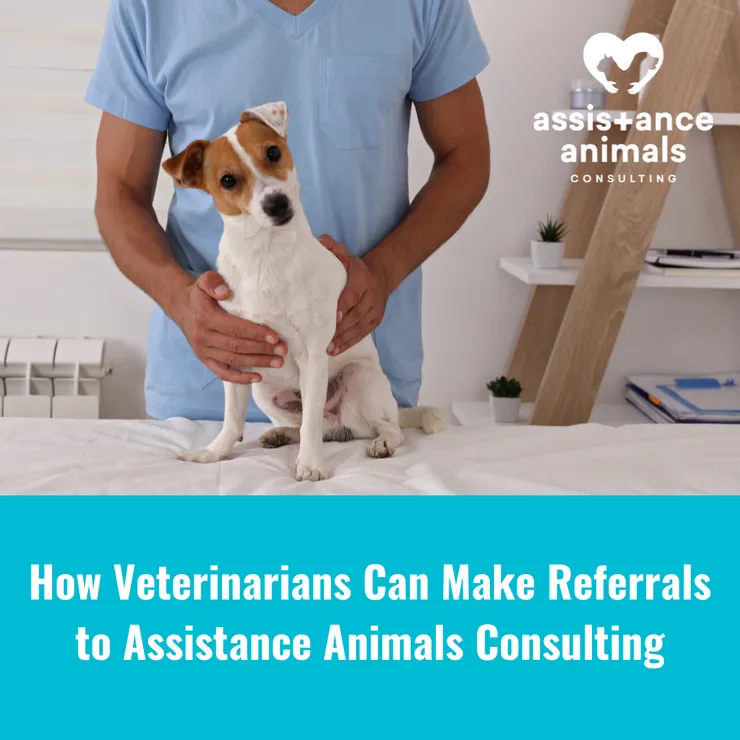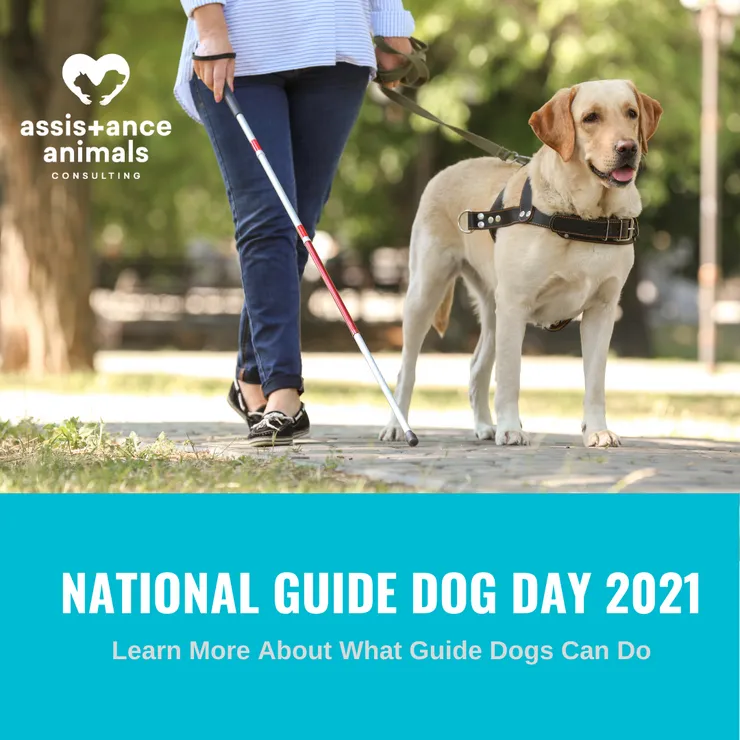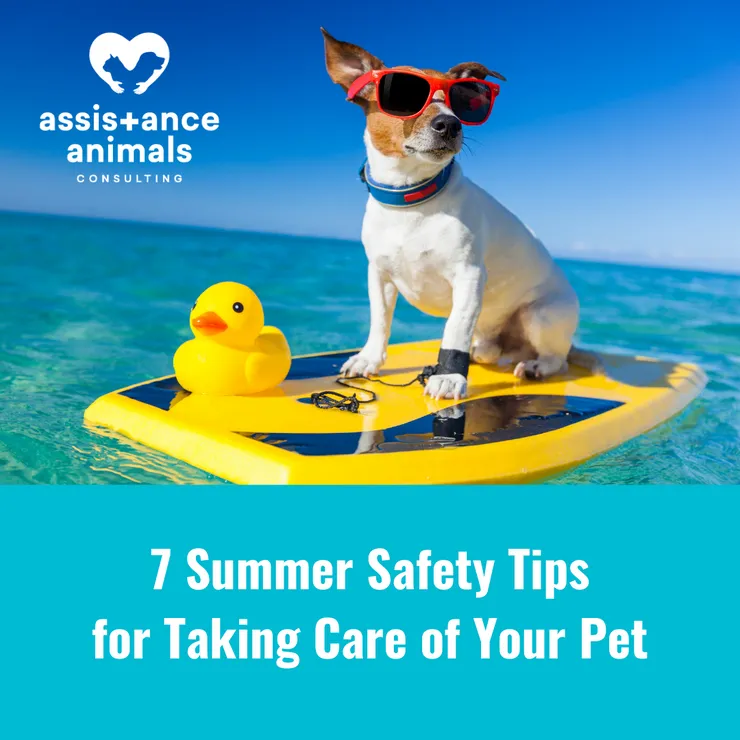Back to School With Therapy Dogs
Back to School With Therapy Dogs
It’s back to school time! However, this is not a normal school year. This is our first year returning back to school while navigating the COVID-19 Pandemic. Our major question surrounding back to school is with or without pet therapy dog teams?
As the conversation moves towards considering developing or continuing an established pet therapy program within your school, it is important to evaluate and work through the impact that this type of program may have on your students, faculty, staff, environment as well as the working animal itself. So what are some of the elements to be considered when making this decision?
- Mental Health Benefits of Pet Therapy
- Benefits of Human-Animal Interactions (Pet Therapy) with Social Emotional Learning
- COVID-19 and Zoonosis Transmission
- Safeguards for Pet Therapy Programs
The COVID-19 Pandemic has caused increased amounts of uncertainty and stress in many adults and children. School and home routines have become disrupted, extracurricular activities have been discontinued, and general peer-to-peer social interactions have been limited. All of these disruptions have the potential to impact the mental health of both adults and children. As normal routines change and conversations on COVID-19 continue, adults and children may have trouble balancing their emotions and behaviors.
When considering the mental health impact COVID-19 can have on many individuals (including children), it is important to also recognize the positive benefits pet therapy teams can have on improving mental health. Mental health refers to our cognitive, behavioral, and emotional well-being. Mental health and well-being are important at every stage of life, from childhood and adolescence through adulthood. COVID-19 has likely had some form of mental health impact on each of these life stages.
The mental health benefits of pet therapy continues to grow. Scientifically speaking, research has consistently shown Animal-Assisted Intervention (AAI), including work with therapy dog teams, can provide benefits to students in school settings. AAI is a broad term used to describe the use of various species of animals in diverse manners that are beneficial to humans. Human-Animal Interaction (HAI) is a broad term referring to any interaction between a person and a non-human animal. This conversation is focused on dogs in school pet therapy programs. Pet therapy is a guided interaction between a trained dog, its handler and the individuals within the school.
Animal-Assisted Therapy, Education, and Activities are examples of the types of Animals-Assisted Interventions, all of which can be used in a school pet therapy program. Measurable improvements in children’s psychological development can be seen with carefully managed pet therapy programs. In using animal-assisted therapy, research has shown the use of therapy dogs can motivate participation in counseling, and can facilitate a trust-building bond between the therapist and student which relieves tension and anxiety in the therapeutic interaction and improves a student’s ability to focus. AAI has also been shown to increase self-esteem and improve social and emotional skills among students. Furthermore, the use of therapy dogs for education intervention strategies has documented benefits for academic outcomes especially in reading. In addition, these interventions have also been documented to improve emotional and therapeutic outcomes.
The Human Animal Bond Research Institute (HABRI) provides access to a broad range of research that shows human-animal interactions can reduce anxiety and depression and help protect against a variety of other negative feelings and emotions. Dogs in the classroom have shown to aid in the following:
- Reduce stress reactions of children performing a stressful task
- Foster development of autonomous functioning and a better segregation of self/non-self, which is the foundation of sensitivity towards the needs and moods of other people
- Lead to higher social integration, fewer aggressive children
- Classroom pets can also improve students’ attitudes toward school and facilitate students’ learning lessons in responsibility, respect, and empathy
A study found in the Journal of Mental Health showed brief 15 minute pet therapy visits by guide dogs in training appeared to reduce stress in university-aged students. The importance of this study suggests the mental health benefits of pet therapy could be gained even with a brief visit.
Back to school with a pet therapy dog team? When focused ONLY on mental health benefits to individuals within the school...it’s a yes from me.
Now, let’s discuss the benefits of Human-Animal Interactions on Social Emotional Learning.
Casel indicates Social Emotional Learning (SEL) is the process through which children and adults acquire and effectively apply the knowledge, attitudes, and skills to manage emotions, set and achieve goals, feel and show empathy, build and maintain positive relationships, and make constructive decisions. SEL teaches and targets skill sets and competencies that accentuates a student’s availability to learn and a teacher’s availability to teach. The basic concept is that in order for students to be successful academically, their social and emotional needs must be met too.
Extensive research demonstrates that school-based SEL programs can promote and enhance students’ connection to school, positive behavior, and academic achievement. The goal of an SEL program is to foster the development of five interrelated core competencies:
- Self-awareness
- Self-management
- Social awareness
- Relationship skills
- Responsible decision-making
These 5 competencies need to be possessed to be successful in life.
In a school setting, pet therapy and SEL can be used together to enhance the learning process. Therapy dogs in the classroom can have positive impacts on emotional well-being and positively influence cognitive development. In students, social-emotional development can benefit with the addition of therapy dogs in the classroom. Research related to the topic of HAI and SEL suggest the inclusion of animals in classroom settings can have an indirect effect on learning by directly enhancing motivation, engagement and learning, self-regulation, and improved social interactions. Research continues to grow that shows developing children with and without developmental disabilities can benefit from the use of HAI. However, when using pet therapy in conjunction with SEL it is important to incorporate learning activities in combination with interactions with the therapy dog.
The presence of a dog in an educational classroom has shown the following benefits as it relates to Social Emotional Learning:
- Improves concentration
- Improves attention
- Improves motivation
- Enhances relaxation which reduces stress levels both of which help to improve learning and performance
- Decreases aggressive behavior in children
- Improves reading skills
- Stimulates memory
- Stimulates problem-solving skills
Research has documented the role therapy dogs play in being a social catalyst which can lead to increased stimulation of social behavior in children. Therapy dog programs have also shown the ability to help build trust and trustworthiness in children. Developing a greater capacity for empathy is also improved with the use of pet therapy programs. The reduction of stress and anxiety is an additional benefit of pet therapy for the use of SEL. By reducing feelings of stress and anxiety in children, it allows them to focus on learning. In the current health crisis climate, HAI paired with SEL can be used to teach and strengthen the Social Emotional Learning core competencies
Back to school with a pet therapy dog team? When focused ONLY on the benefits of Human-Animal Interactions (Pet Therapy) and Social Emotional Learning to individuals within the school...it’s a yes from me.
Returning back to school during the COVID-19 pandemic while also having a school pet therapy program, it is extremely important to consider zoonotic disease risk.
A zoonotic disease is defined as a disease that can be transmitted between animals and humans. Zoonotic disease infections can be the following:
- Bacterial- Examples include Leptospirosis, Brucellosis, Lyme disease, Tetanus, and Methicillin resistant staphylococcus aureus (MRSA)
- Parasitic- Examples include Giardia, Roundworms, Hookworms, Tapeworms, and Scabies
- Viral- Examples include Rabies, Noroviruses, COVID-19
- Other- Examples include Ringworm and Toxoplasmosis.
It is important to understand how easily dogs participating in pet therapy programs can transmit or acquire zoonotic diseases with human contact. It is critical for schools participating in a pet therapy program to have a clear understanding of the ways zoonotic diseases such as COVID-19 are transmitted so that individuals and the educational organizations are able to visualize and understand how to protect themselves and the therapy dogs.
Some factors that can increase the risk of acquiring a zoonotic disease are age (less than 5 or older than 65), pregnancy, and people with weakened immune systems. The Centers for Disease Control and Prevention (CDC) indicates at this time, there is no evidence that animals play a significant role in spreading the virus that causes COVID-19 and the risk of animals spreading COVID-19 to people is considered to be low. However, COVID-19 can spread from people to animals in some situations. A small number of pet cats and dogs have been reported to be infected with the virus and most of these pets became sick after contact with people with COVID-19. The CDC also says fomites are a possible means of transmission of COVID-19, but likely not one that is major. Fomites are known spreaders of diseases. Fomites are articles such as skin, clothes, blankets, leashes or collars. Zoonotic diseases such as roundworms and hookworms can easily be spread through contact with an infected fomite.
Zoonotic diseases are transmitted through:
- Contact- Direct or indirect contact of saliva, urine, feces, blood, or mucus of an infected animal. Examples include direct contact with an animal bite or scratch. Indirect contact through surfaces (fomites) the animal has touched or soiled.
- Food-Borne- Eating or drinking products contaminated with feces from an infected animal.
- Vector-borne- Being bitten by a tick or flea.
To decrease transmission of zoonotic diseases especially with pet therapy programs, it is important to know these things.
- Wash hands with soap and running water after touching a therapy dog
- Dispose of animal waste properly.
- Vaccinate all therapy dogs.
- Provide a monthly flea and tick prevention to all therapy dogs.
- Only utilize properly trained animals to avoid bites and scratches.
- Provide bi-annual veterinary check-ups on all animals used in pet therapy programs.
Back to school with a pet therapy dog team? When focused ONLY on COVID-19 and zoonosis...it’s a yes from me, but only with proper safeguards in place.
Pet therapy programs in school settings can have benefits to many people within the school as well as to the therapy dogs. However, proper protocols and safeguards should be in place to keep everyone healthy. Safety measures are crucial and should ensure the addition of the therapy dogs will enhance the school’s overall educational and therapy programs.
Some safeguards that should be considered:
- Handler training
- Animal behavioral training
- Animal health
- Animal welfare and safety
- Student safety
- Faculty and staff safety
- Environmental management
It is important for the schools to have clearly defined pet therapy policy and procedure protocols. These protocols should address handler responsibilities, appropriate and inappropriate animal behavior, animal health and welfare requirements, and many other basic standards when a live animal is being used in an educational setting. The policies should be based upon accepted, well-defined, standards of practice also known as best practices. The procedures, on the other hand, should clearly define the overall plan of action to be followed for the pet therapy program.
Best practices for school pet therapy programs should include insight, recommendations, and training from professionals and organizations whose mission is to facilitate human-animal bond health or educational programs. Receiving adequate training minimizes risks and maximizes benefits of all participants of the pet therapy program.
Prior to introducing an animal into a school pet therapy program these additional safeguards or best practices should be performed:
- Acquire parental consent
- Verify individuals with animal allergies
- Determine students/faculty/staff with animal related fears/phobias from previous traumatic experiences (i.e dog bites)
- Establish a routine animal health monitoring of participating dogs
- Educate all facility and staff within the facility in which animals are integrated on ethical standards of pet therapy
Standards are needed to set expectations as well as provide consistency and instructions for practice. It is of utmost importance for handlers and all individuals involved with the therapy dog program to have appropriate knowledge and understanding of animal behavioral signs of fear, anxiety, or stress as well as monitoring for inappropriate behavior directed towards the therapy dog. It is crucial for a school pet therapy program to have ethical best practices and safeguard procedures to ensure the health and well-being of the students, faculty, staff and therapy dogs.
Back to school with a pet therapy dog team? When focused ONLY on safeguards for pet therapy programs?...it’s a no if proper safeguards are not in place.
Back to school with or without pet therapy dog teams? Integrating a pet therapy program into a school’s curriculum can be great support service for students. Science certainly supports the positive benefits of this type of therapy and educational program on students. Pet therapy programs within the school can be dangerous if participating animals are not evaluated, monitored appropriately, and if appropriate human health behaviors are not fostered. It’s important to find a well-rounded curriculum to support students every day. As we continue to navigate COVID-19, new ways of teaching, and managing mental health and Social Emotional Learning, it is imperative to also find creative ways to support our students. School pet therapy programs can be an engaging program to help them learn and grow.
